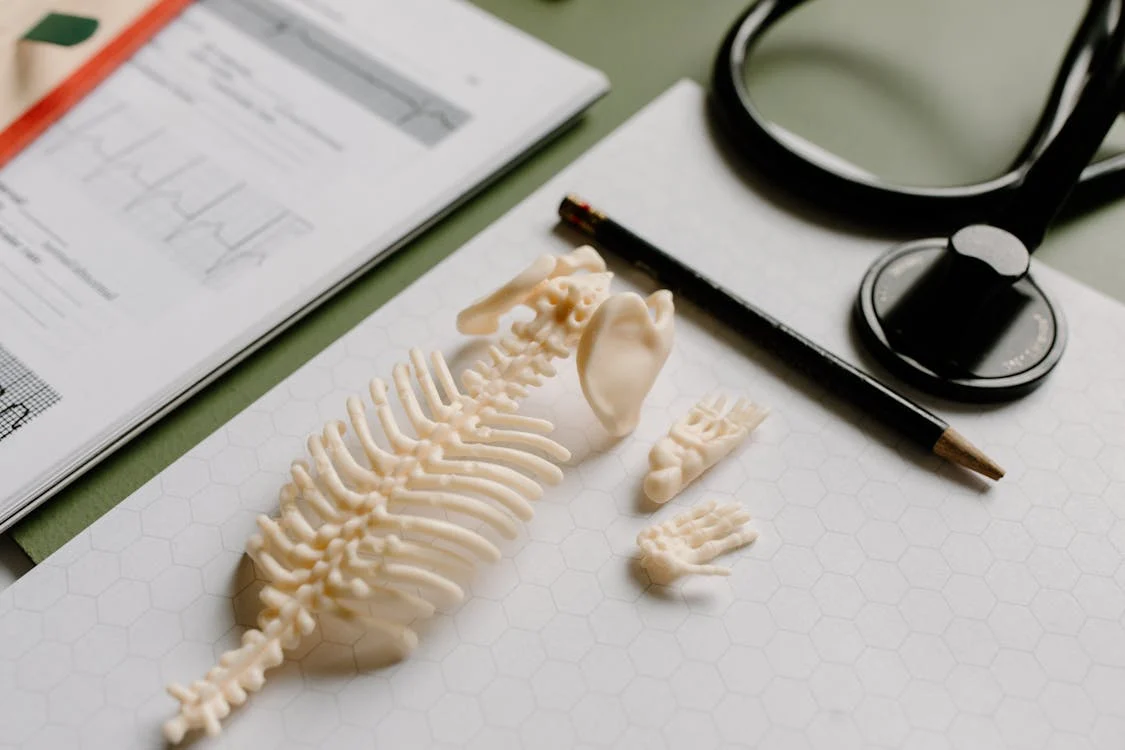0HM0XZZ is a medical code that represents the procedure of reattaching scalp skin using an external approach. This involves surgically reattaching the skin of the scalp to promote healing and restore normal function.
Table of Contents:
- 🔎 Clinical Indication
- 📋 Preparation
- 📖 Methodology
- 🩹 Recovery
- 🚨 Complexity & Risk
- 🔀 Similar Procedures
🔎 Clinical Indication
The procedure 0HM0XZZ, or reattachment of scalp skin, external approach, may be performed in cases of severe scalp injuries where the skin is detached from the underlying tissue. This procedure is necessary to restore the continuity of the scalp and promote proper healing.
By reattaching the scalp skin using an external approach, physicians aim to minimize scarring, reduce the risk of infection, and improve the overall cosmetic outcome for the patient. This procedure may be necessary following traumatic injuries, burns, or surgical procedures involving the scalp.
📋 Preparation
Before undergoing 0HM0XZZ (Reattachment of Scalp Skin, External Approach), the patient will typically meet with their surgeon to discuss the procedure and review any necessary paperwork. This may include signing consent forms and discussing potential risks and benefits.
In preparation for surgery, the patient may be instructed to avoid eating or drinking anything for a certain amount of time before the procedure. The surgeon may also advise the patient to stop taking certain medications that could increase the risk of complications during surgery.
On the day of the surgery, the patient will be asked to arrive at the hospital or surgical center at a specific time. They will likely need to change into a hospital gown and remove any jewelry or accessories before being taken to the operating room for the procedure.
📖 Methodology
During the reattachment of scalp skin using an external approach, the detached skin is carefully repositioned and stitched back onto the scalp. This procedure is typically performed to repair injuries or wounds that have caused scalp skin to become detached from the underlying tissue.
The surgeon will assess the extent of the damage and ensure that the blood supply to the reattached skin is adequate for proper healing. After the skin has been reattached, the patient will be closely monitored for signs of infection or complications.
Overall, the reattachment of scalp skin using an external approach is a delicate procedure that requires precision and attention to detail to ensure successful healing and optimal cosmetic results for the patient.
🩹 Recovery
After undergoing reattachment of scalp skin through an external approach, patients can expect a recovery process that involves monitoring for signs of infection. It is essential to keep the surgical site clean and follow post-operative care instructions provided by healthcare professionals.
Patients may experience pain and swelling in the treated area, which can be managed through prescribed pain medication. Additionally, it is important to avoid touching or scratching the surgical site to prevent any complications that may hinder the healing process.
Regular follow-up appointments with doctors are necessary to track the progress of the recovery and ensure that the scalp skin reattachment is successful. Patients should communicate any concerns or unusual symptoms they experience during the recovery period to their healthcare providers for proper assessment and management.
🚨 Complexity & Risk
Performing 0HM0XZZ, also known as the reattachment of scalp skin using an external approach, can be a highly complex procedure due to the delicate nature of the scalp’s blood supply and nerve endings. Surgeons must carefully navigate through layers of tissue to ensure proper reattachment and minimize the risk of complications.
Patients undergoing this procedure may face potential risks such as infection, blood loss, and nerve damage. The scalp’s rich blood supply poses a risk of excessive bleeding during the operation, while nerve endings must be carefully preserved to prevent sensory or motor deficits in the affected area.
Overall, the reattachment of scalp skin using an external approach requires skilled surgical precision and attention to detail to ensure a successful outcome and minimize risks to the patient. In cases where complications arise, prompt medical attention and follow-up care are necessary to address any issues and facilitate proper healing.
🔀 Similar Procedures
Another medical procedure that is similar to the reattachment of scalp skin is skin grafting. Skin grafting involves taking healthy skin from one part of the body and transferring it to another area that has been damaged or injured.
Skin grafting is often used to help patients recover from burns, injuries, or surgeries that have caused significant skin loss. The procedure allows for the skin to heal and regenerate in the affected area, providing both functional and cosmetic benefits to the patient.

